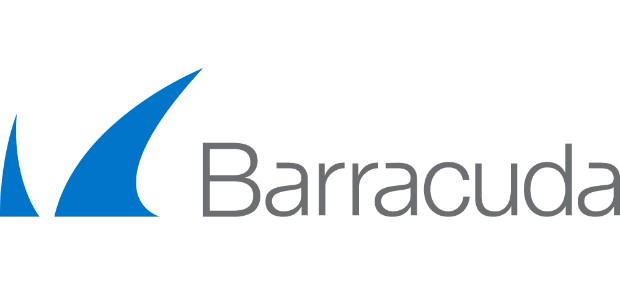Genstor Systems, Inc. is in the business of providing you the best custom computing solutions. We supply only the highest quality systems, tailored to your specific needs. Each system is customized for your budget, operating system, and optimized performance & we help you every step of the way to ensure successful, on-time implementations.
Allow our team to help you reach your goals, achieve results, and save you time. Our years of experience in the industry have allowed us to cultivate relationships with today's leaders in hardware technology. Your needs drive our focus on remaining experts on trends and shifts in industry forecast. You can trust us to exceed your expectations of service, value, and reliability. Bring your IT requirements to us and we will bring custom solutions to the table that fit you to your needs.





2.png)





























